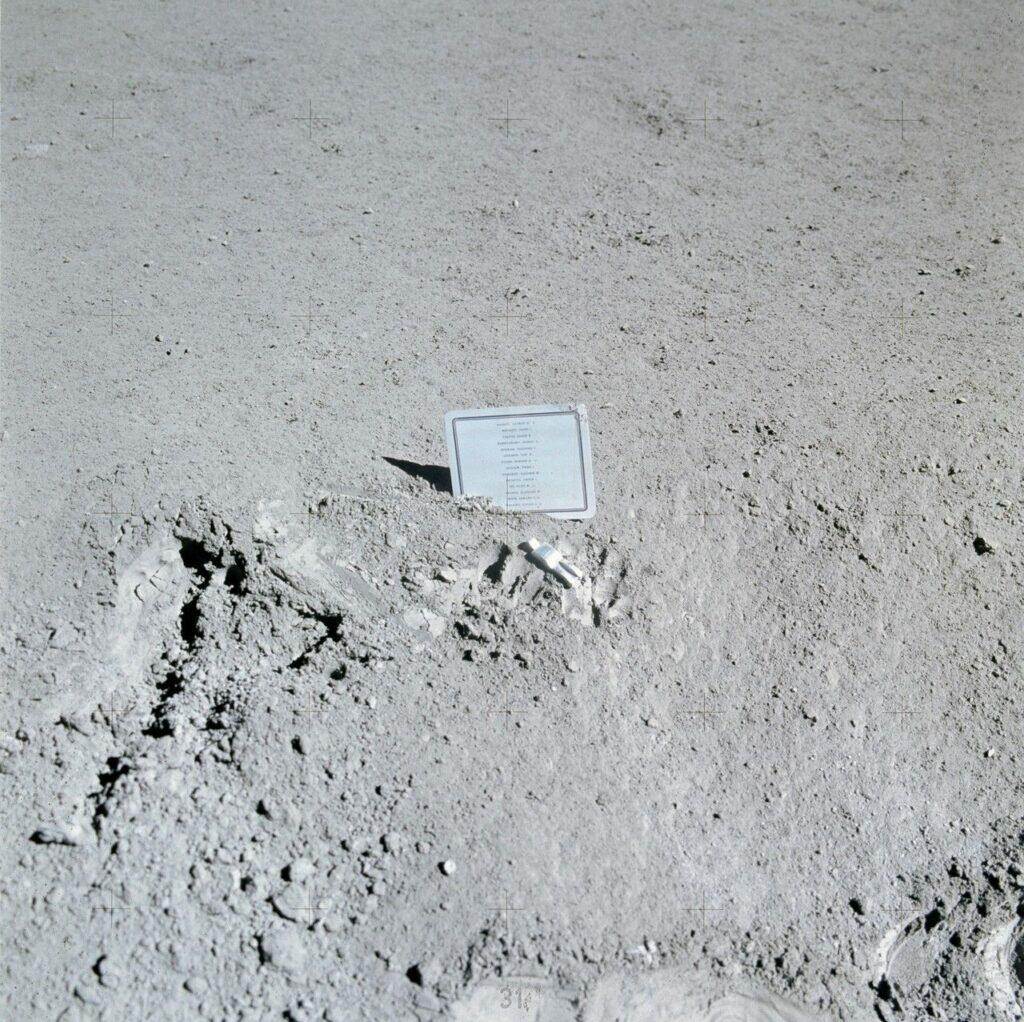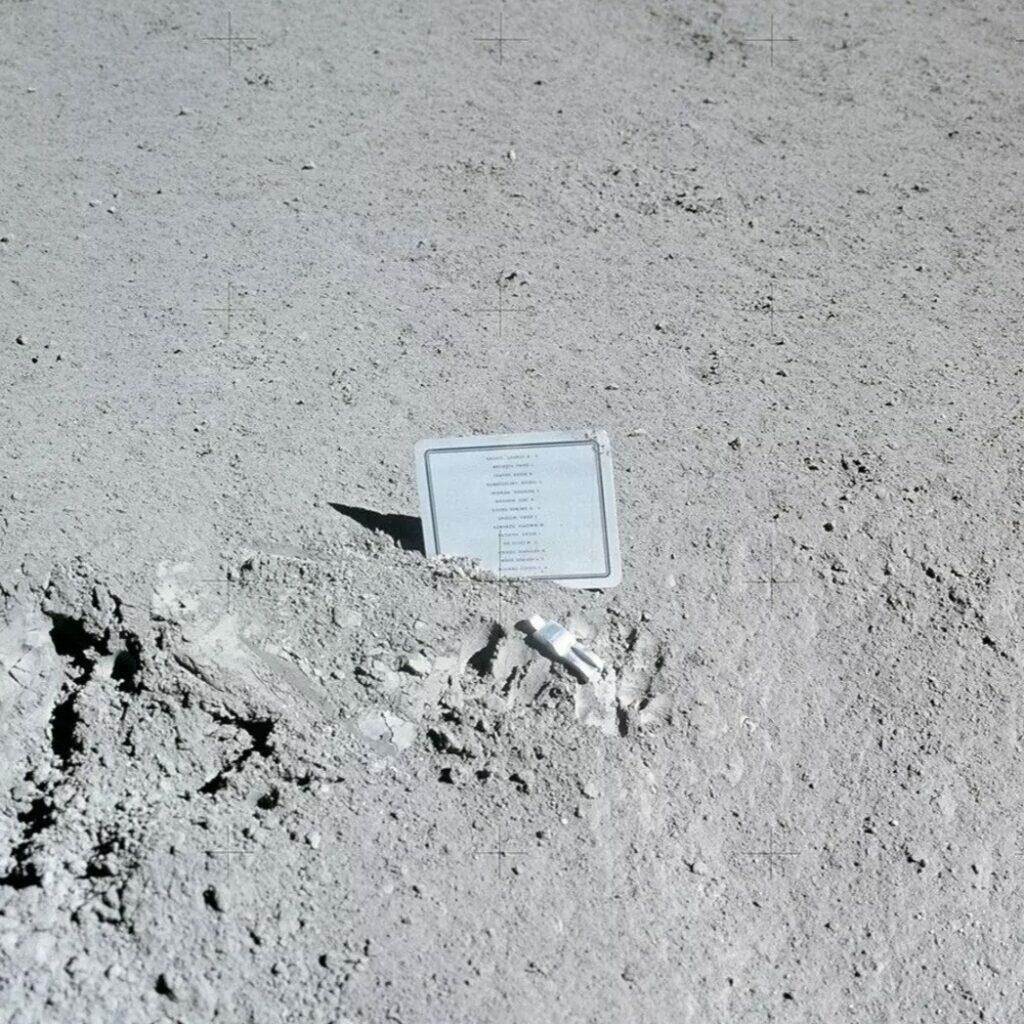So, back in 1971, Apollo 15 astronauts did something pretty cool on the moon. They left behind a plaque, but not just any plaque. It was to honor 14 astronauts and cosmonauts who had tragically died in earlier space missions.
Most people don’t know about it, but it’s a little piece of space history that’s surprisingly emotional.
A tribute to astronauts and cosmonauts who gave their lives
This plaque wasn’t just some random thing left behind. It’s a tribute to astronauts from NASA and the USSR who gave their lives in space.
These weren’t just any people; they were pioneers who risked it all for space exploration. Their names are on that plaque, forever remembered for what they did.
Placed during Apollo 15’s historic mission to the moon
Now, Apollo 15 wasn’t just about science. Yeah, they were collecting rocks and doing experiments, but they also made sure to leave something important behind.
Astronauts David Scott and James Irwin made sure to set that plaque down on the moon. It wasn’t just about space stuff — it was about showing respect for those who came before them.
The 14 astronauts’ names are inscribed in alphabetical order

If you ever get to see the plaque, it’s pretty simple. There are 14 names on it, listed in alphabetical order. You’ve probably heard of a lot of them — like Yuri Gagarin and Virgil Grissom. Those names mean something in the space world, and it’s a way of keeping their memory alive.
- Charles A. Bassett II
- Pavel I. Belyayev
- Roger B. Chaffee
- Georgi Dobrovolsky
- Theodore C. Freeman
- Yuri A. Gagarin
- Edward G. Givens Jr.
- Virgil I. Grissom
- Vladimir Komarov
- Viktor Patsayev
- Elliot M. See Jr.
- Vladislav Volkov
- Edward H. White II
- Clifton C. Williams Jr.
Apollo 15’s groundbreaking achievements were highlighted
Aside from the plaque, Apollo 15 did some major stuff. They set records, explored the moon, and basically made history.
But that plaque? That’s the part that’s a bit more personal, if you ask me. It’s a reminder of the people who didn’t make it back, and it gives the whole mission a different feeling.
New records were set during Apollo 15’s mission
Apollo 15 wasn’t just historic because of the plaque. They broke records too. They carried the heaviest payload, went farther on the moon’s surface than anyone else, and spent the most time on the moon. Big deals, for sure.
An emotional layer was added to the mission’s scientific goals
Apollo 15 wasn’t just about tech and science. That plaque added a whole emotional side to it. Yes, they were doing all the space exploration stuff, but taking a minute to honor those who didn’t make it made it feel a little more human.
NASA kept the plaque’s existence secret until after the mission
Here’s the thing: NASA didn’t tell anyone about the plaque until after the mission was over. Kind of kept it on the down-low.
They didn’t want the focus to be on that during the actual mission, I guess. But when the astronauts came back to Earth, that’s when people found out about it.
Apollo 15 was the second-to-last mission to land on the moon
Fun fact: Apollo 15 was one of the last missions to land on the moon. The very last one was in 1972.
So, that plaque marks a big part of space history. It’s like one of the final pieces of the Apollo program, and it’s still there, reminding us of everything that came before it.
The plaque remains a lasting symbol of sacrifice in space

And now, that plaque is still sitting on the moon, just chilling there. It’s not just some random thing left behind — it reminds us of the huge risks these astronauts took.
Every time you think about space, you’ve got to remember those people. The plaque is still there, quietly telling their story.















































